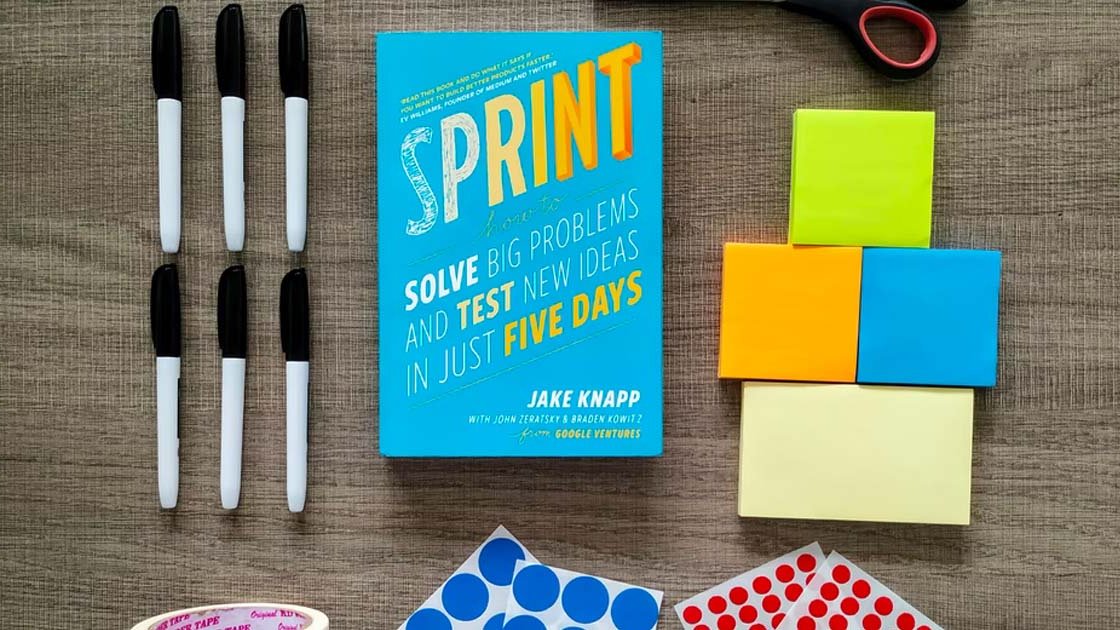
Design Sprints
Design Sprints can be defined as a structured five-phase process used to reduce the risk of choosing the wrong solution when solving problems.



Design Sprints can be defined as a structured five-phase process used to reduce the risk of choosing the wrong solution when solving problems.

